Electricity may seem like a modern human invention, but in reality, it is a part of nature.
We can even thank the electric eel for the existence of artificial electricity. Speaking of the eel, some animals can generate and use electricity.
As shocking as it may seem, electricity was natural before it became artificial.
The electric eel is the most common animal that uses electricity, but it isn’t the only one. Other electric animals include echidnas, electric rays, geckos, and even bees.
Below is a shocking list of 15 animals that actually generate and use electricity.
The World’s Shocking Most Electric Animals
1. Electric Eel
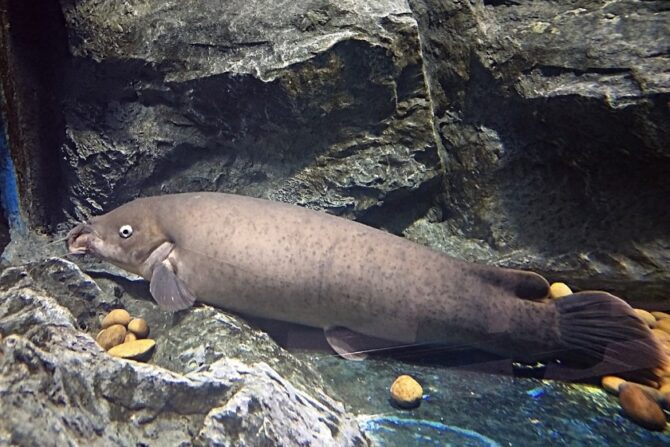
Scientific Name: Electrophorus
The electric eel is the first electric animal that comes to mind because of its contribution to the development of the first battery.1
It refers to species under the genus Electrophorus, all of which are from the Gymnotidae family.
This animal is a native of South America, inhabiting upland rivers and different habitats.
There are three electric eel species known by their scientific names:
- Electrophorus electricus
- Electrophorus varii
- Electrophorus voltai
The electric eel produces electricity to hunt, using it to stun prey. Its shock gets up to 860 volts, enough to kill a human. Death from an electric eel shock is rare, however.
2. Electric Ray
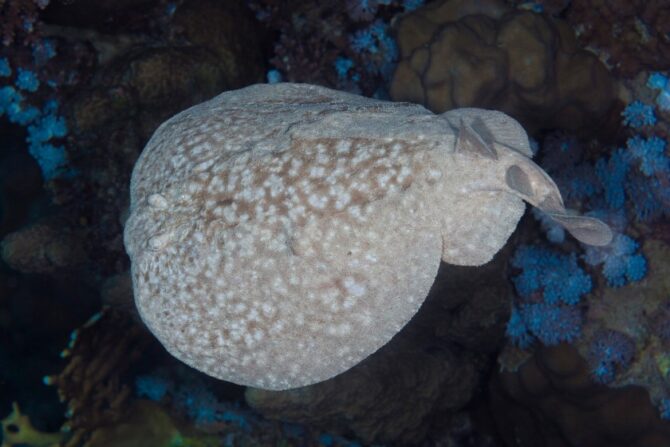
Scientific Name: Torpediniformes
The electric rays consist of fish in the order of Torpediniformes. These fish are cartilaginous and have large fins.
They are found in shallow coastal waters, though some are bottom-dwellers. There are 69 electric ray species in total.
The most common are members of the Torpedo genus, including the common torpedo, ringed torpedo, and the marbled electric ray.
All electric ray species generate electricity, releasing a shock that goes from 8 to 220 volts. They also use electricity to stun prey.
3. Echidna

Scientific Name: Tachyglossidae
Echidna is a common term for animals in the Tachyglossidae family. It goes by the alternative name spiny anteater.
There are four echidna species, unique for being mammals that lay eggs.
Asides from them, only the platypus lays eggs. Echidnas are natives of Australia and New Guinea.
The echidna feeds on insects, though it is not related to true anteaters. To locate its prey, it uses electroreceptors.2
Insects often give off electric signals that the echidna senses, making hunting easier.
4. Platypus
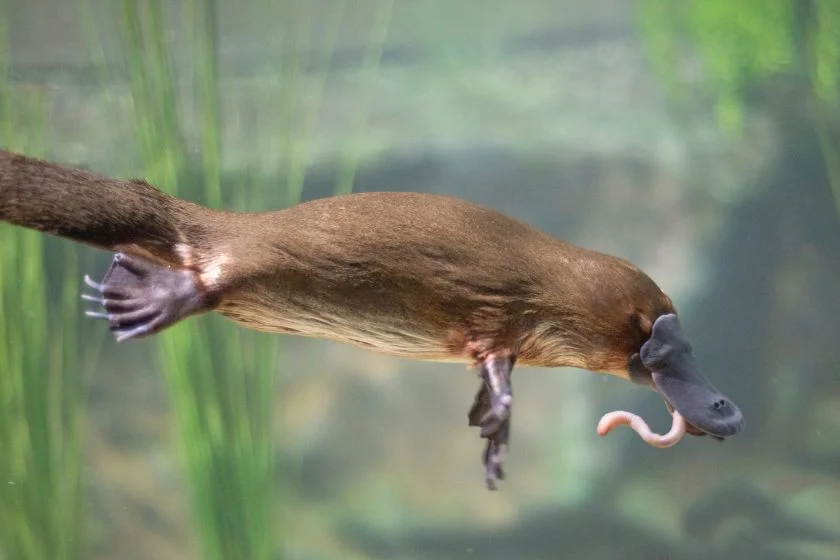
Scientific Name: Ornithorhynchus anatinus
The platypus is a close relative of the echidna. As mentioned above, it is one of the few mammals that lay eggs.
The platypus is a member of the Ornithorhynchidae family, the only surviving species. It is endemic to Australia.
Like its relative, the platypus uses electroreceptors to find prey. This receptor is placed on the snout and picks up electric impulses.
The platypus feeds on worms, insect larvae, shrimps, and crayfish. It spends about 12 hours searching for food, so the electroreceptor comes in handy.
5. Bees
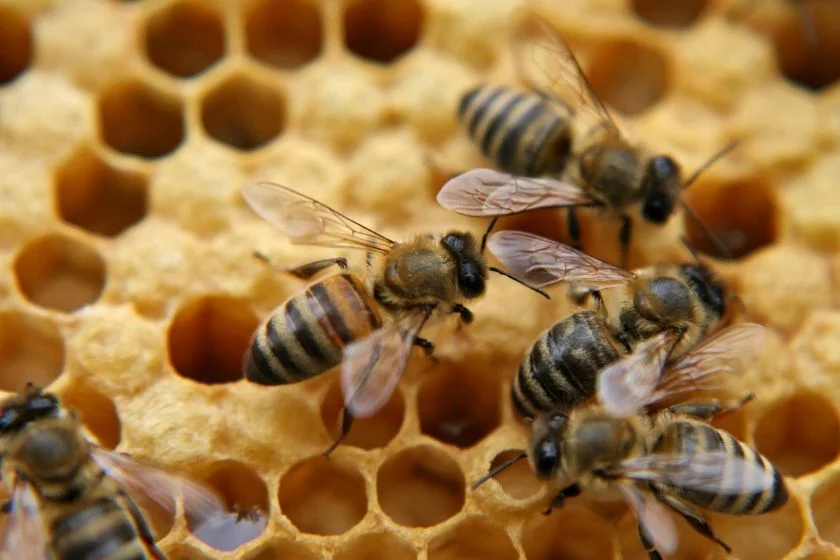
Scientific Name: Antophila
Bees are winged insects belonging to the Antophila clade in the Apoidea superfamily.
They are popular for their role in pollination and in the production of honey. They’re not often associated with electricity, but as we’ll soon see, they use it.
There are over 16,000 bee species. Popular ones include the honeybee and the bumblebee.
Electricity comes in handy during pollination. When looking for the right flower, bees don’t focus only on outward appearances like fragrances or petals.
They also detect the electric charges flowers let off, and this helps them decide if they should proceed or if another bee had been there before them.3
6. Stargazer

Scientific Name: Uranoscopidae
The stargazer is the common term for members of the family Uranoscopidae. The name is inspired by the eyes on top of the head.
Stargazers are spread across shallow and deep sea waters worldwide. The family is subdivided into eight genera and 51 species, one of which is extinct.
Besides helping it see, the stargazer’s eyes are responsible for the generation of electricity.4
The eye muscles release electric currents that spell disaster for potential prey. This is also a defensive mechanism for incoming predators.
7. Geckos

Scientific Name: Gekkota
Geckos are lizards that fall under the infraorder Gekkota. They’re smaller than other lizard species like the chameleon but are still strong carnivorous reptiles that prey on small insects like mosquitoes and moths.
They are widespread, living in every continent except Antarctica.
The nearest gecko you might see would be on a wall close to you. Electricity helps it stick to the wall without falling off.5
Because the electrical charge from its feet differs from that of the surface, it stays put.
8. Elephant Nose Fish
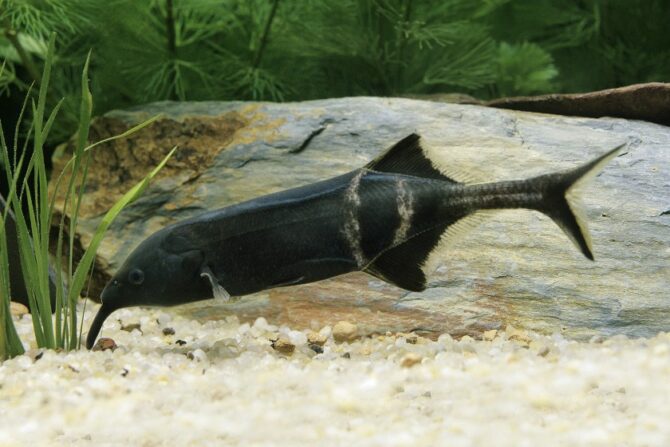
Scientific Name: Gnathonermus petersii
Fully known as the Peters’s elephant nose fish, these species come under the genus Gnathonermus.
It is also known as the long-nosed elephant nose fish or the Ubangi mormyrid. Its full name and that of the species commemorate the German naturalist Wilheim Peters.
It can be found in aquariums around the United States but is a native of Africa.
The elephant nose fish uses electricity to find prey. It has a long protrusion that picks up the electrical impulse from prey.
This serves as an advantage even in the dark. The creature feeds on small worms and some aquatic invertebrates.
9. Sharks
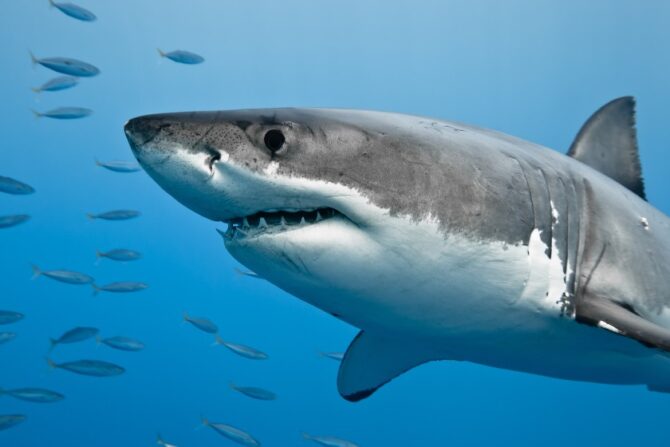
Scientific Name: Selachimorpha
Sharks don’t need any extensive introduction due to their popularity.
The term refers to cartilaginous fish in the superorder Selachimorpha, ranging from the large whale shark to the small dwarf lantern shark.
Sharks have earned a villainous reputation, though not all are dangerous. What we don’t often see in movies and shows is that sharks can detect electrical fields from prey.
Because they live in the deep waters, this attribute can help them flush out prey that tries to hide or camouflage. This is possible thanks to the ampullae of Lorenzini, a receptor.
10. Spiders
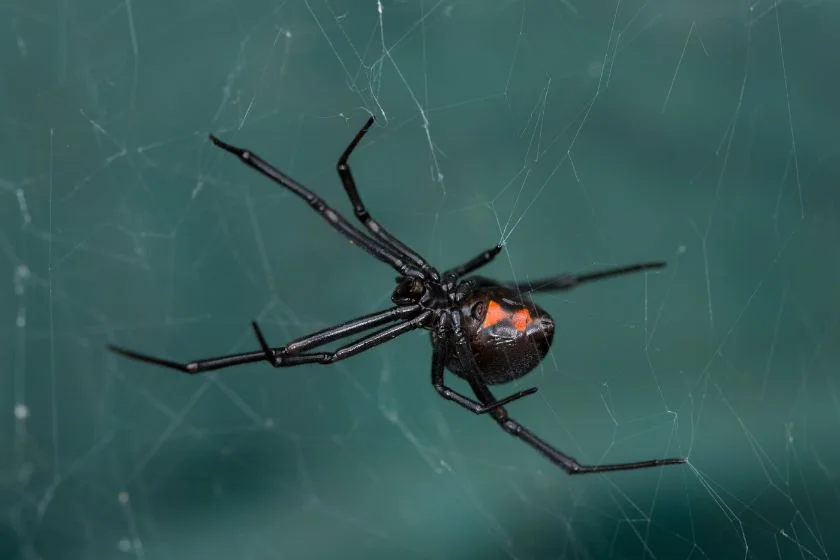
Scientific Name: Araneae
Spiders are arachnids from the order Araneae. They are known for eight legs, webs, and having a superhero named after them.
Not all spiders are web spinners, however. Species like the wolf spider and the tarantula don’t spin webs.
What do spiders have to do with electricity? It’s all on the web.
Web-spinning spiders put an “electrically conductive glue” on their webs that attract them to charged particles like pollen and insects. This helps them capture prey.
11. Oriental Hornet
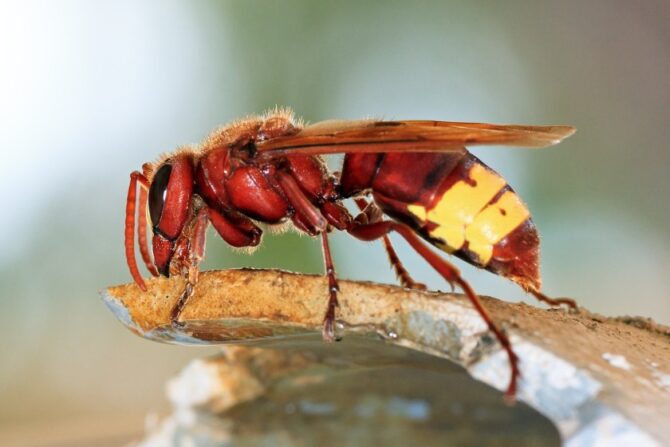
Scientific Name: Vespa Orientalis
The oriental hornet is a native of Africa and Asia. In Africa, Madagascar island is listed as the home of the Oriental hornet, but that may no longer be the case.
It also lives in some parts of Southern Europe, as well as Mexico and Chile. It is not considered a native of the two last countries, however.
The oriental hornet gets its electricity, like solar panels, directly from the sun. It has yellow tissues that act like actual panels, absorbing sunlight.
Other than that, the brown tissues are there for the electricity. This is special as it is the only animal that can convert sunlight into electricity.
12. Guiana Dolphins

Scientific Name: Sotalia guianensis
The Guiana dolphin is a native of both Central and South America.
It specifically stays in the northern and eastern sides of Central America as well as the eastern side of South America.
It inhabits the coastal waters in its native parts. The Guiana dolphin can be in both saltwater and freshwater, one special aspect.
The other special attribute of the Guiana dolphin is how it uses electricity. The marine mammal is born with whiskers that fall off, leaving pits known as vibrissal crypts.6
The latter picks up the electrical fields from prey. Guiana dolphins feed on shrimps, squids, and much other small fish.
13. Black Ghost Knife Fish
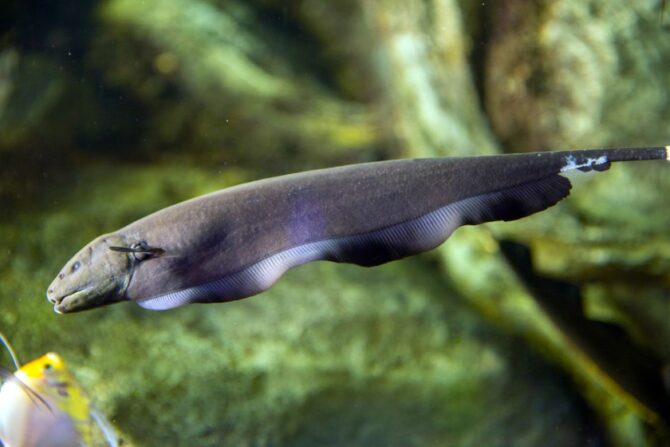
Scientific Name: Apteronotus albifrons
The black ghost knife fish is a member of the Apteronotidae family, known commonly as the ghost knife fish family.
It is a native of South America, occurring in places like Venezuela and the Amazon Basin. Its habitat is mainly freshwater.
As the name implies, the black ghost knife fish is colored mainly black with only touches of white on the tail, nose, and back.
The black ghost knife fish can both sense and produce electrical impulses, quite unlike some fish that can only receive these impulses from potential prey.
It does this as a result of a tail organ. The electricity it produces is not enough to stun prey but uses it to communicate.7
14. Electric Catfish

Scientific Name: Malapteruridae
The electric catfish is a common term for the family Malapteruridae, subdivided into two genera and 21 species.
These fish are natives of Africa, specifically the Nile River and Tropical Africa. The species have their varieties, but there is an attribute in common: Electricity.
As a carnivorous animal, the electric catfish uses electricity to stun its prey. This is similar to the electric eel and much other carnivorous fish that generate electricity.
It discharges a shock of up to 350 volts, spelling danger for the targeted prey.
Some electric catfish species focus mainly on fish, while others eat invertebrates as well.
15. Glass Knife Fish
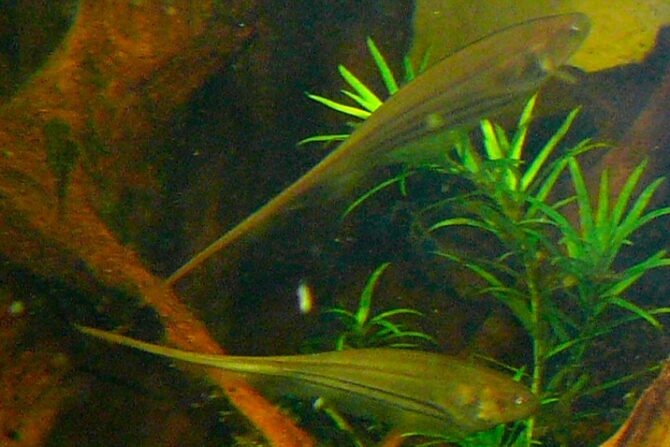
Scientific Name: Sternogypidae
The glass knife fish is also known as the rattail knife fish and refers to members of the Sternogypidae family.
These fish live in Panama and South America, preferring freshwaters. Many of them can be found in aquariums.
The glass knifefish uses electricity for different purposes. It communicates, hunts, and navigates using electricity. It is similar to the black ghost knife fish.
Conclusion
The animal world is special, with many creatures coming with unique attributes. They find ways to navigate their environment and adapt.
Animals associated with electricity actually generates and use electricity for different purposes, including hunting, movement, and communication.
References & Notes
- Electric eels inspired the first battery two centuries ago and now point a way to future battery technologies. The Conversation.
- Responses of electroreceptors in the snout of the echidna. The Journal of Psychology.
- Long-Term Modulation of Electrical Synapses in the Mammalian Thalamus. Science.
- If looks could kill… BMJ Journals.
- Shocking! Geckos Use Static Electricity to Stick to Walls. NBC News.
- Dolphin detects electric fields with ex-whisker pits. National Geographic.
- When Stunning Won’t Kill, Fish Use Electricity to Communicate. Inside Science.






